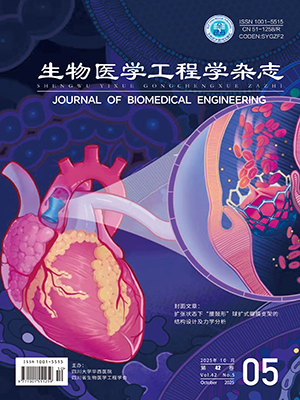In order to investigate immune protection against swine-origin influenza virus (S-OIV) A H1N1, the helper-dependent adenovirus vector (HDAd) system was exploited to construct recombinant HDAd encoding hemagglutinin (HA). The HA gene was synthesized and cloned to the HDAd backbone. Then, the HDAd/HA DNA molecules were transfected into 293Cre4 cells with calcium phosphate. The cells were infected by helper virus 16 hours after the transfection. The 293Cre4 cells were coinfected with HDAd/HA and the helper virus for large-scale preparation of HDAd/HA. The HDAd/HA was obtained and purified twice with CsCl density ultracentrifugation and observed morphologically under transmission electron microscope, and the expression of HA protein was analyzed with RT-PCR. Recombinant HDAd/HA expressing HA protein was successfully constructed which could pave the way for in vivo investigation on immunogenicity and efficacy against S-OIV A H1N1 infection.
Citation: ZHANGMei, JIANGYanze, CHENNianhua, FUYuanhui, QIAOWei, WANGHe, HEJinsheng. Construction and Identification of Helper-Dependent Adenoviral Vector Encoding Hemagglutinin Protein of Swin-Origin Influenza Virus A H1N1. Journal of Biomedical Engineering, 2014, 31(1): 157-160. doi: 10.7507/1001-5515.20140031 Copy
Copyright © the editorial department of Journal of Biomedical Engineering of West China Medical Publisher. All rights reserved
-
Previous Article
Analysis between Transforming Growth Factor β3 Gene SfaNI Polymorphism Variant and Non-syndromic Cleft Lip with or Without Cleft Palate in People of Uygur's Nationality and Han's in Xinjiang -
Next Article
Research on Non-rigid Registration of Multi-modal Medical Image Based on Demons Algorithm




